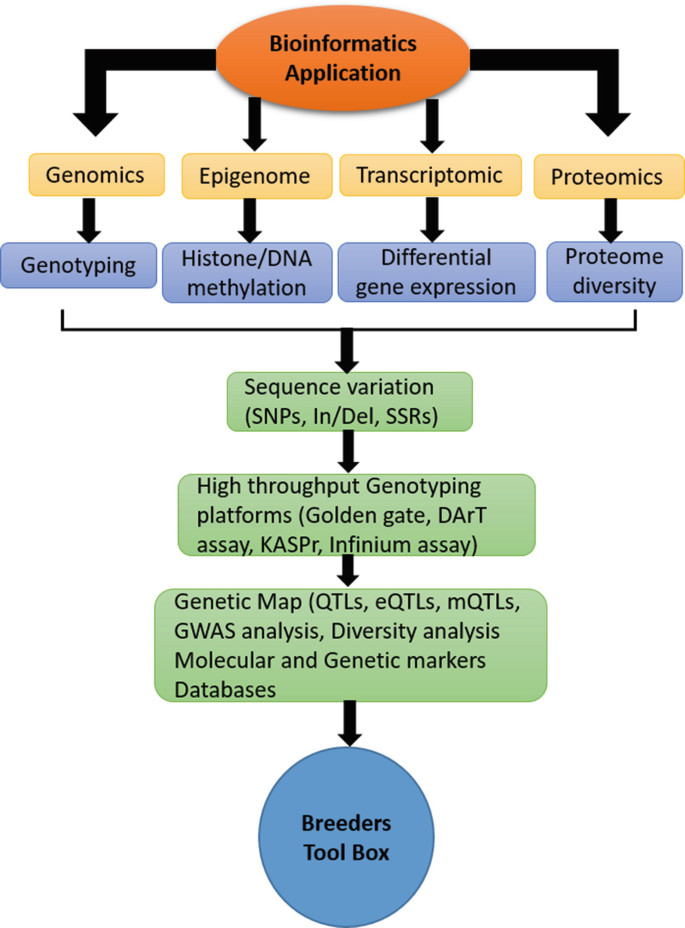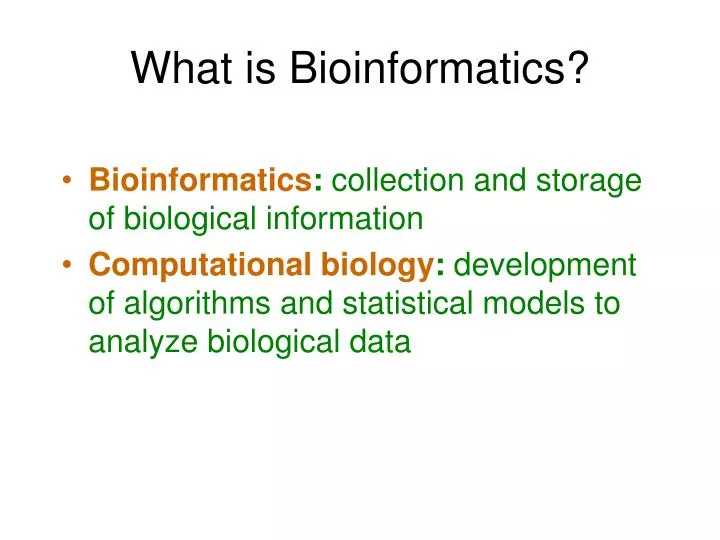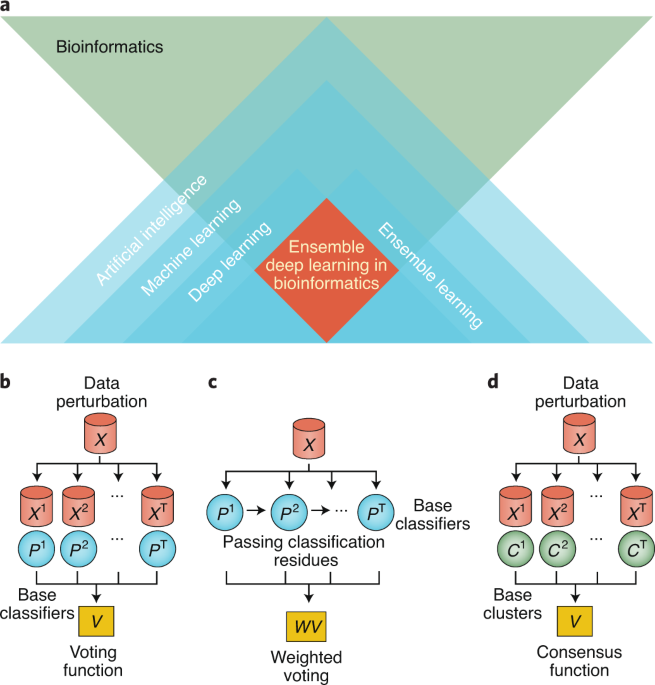The Ultimate Guide To Bioinformatics Tutor
The Ultimate Guide To Bioinformatics Tutor
Blog Article
See This Report about Bioinformatics Tutor
Table of ContentsIndicators on Bioinformatics Tutor You Should KnowNot known Incorrect Statements About Bioinformatics Tutor How Bioinformatics Tutor can Save You Time, Stress, and Money.The Best Guide To Bioinformatics Tutor9 Easy Facts About Bioinformatics Tutor Explained
Of the total participants associated with the training, 80% were students from public greater education establishments, while the continuing to be 20% came from exclusive institutions. To get approved for a certification of participation, pupils were needed to go to a minimum of 90% of the complete training hours. As an outcome of this requirement, a remarkable 95% of the individuals successfully obtained their certificates, having not only met the minimum participation criteria yet likewise completed all designated activities throughout the training.
During the elevation of the COVID-19 pandemic, specifically in between June and August 2020, the task team was entrusted with organizing specialized training in bioinformatics. This training was especially focused on pupils from the research study team Center for Research study in Applied Computer at the Federal College of Pará (UFRA) The adjustment to remote discovering platforms due to the pandemic produced a chance to explore new teaching techniques and electronic tools that improved both reach and effectiveness.
This course was designed to supply an accessible yet extensive review of Artificial Knowledge methods, specifically as used in bioinformatics (Bioinformatics Tutor). This virtual format made it possible for participation from students throughout Brazil, numerous of whom might not have had the possibility to go to in-person sessions.
The Basic Principles Of Bioinformatics Tutor
A notable attribute of this training course was its emphasis on hands-on understanding. Approximately 50% of the total training hours were committed to sensible activities where trainees built smart designs and applications in a series of scientific domain names, consisting of genes, molecular biology, and ecological information analysis. Widely made use of structures and tools such as Spyder, Google Colab, Jupyter Notebooks, and Orange were integrated right into the coursework. These platforms enabled trainees to take part in real-time information manipulation, model training, and algorithm trial and error.
Sixty of them were connected with different higher education institutions in the state of Pará, while the staying twenty came from institutions found in 5 other Brazilian states. By presenting Artificial Knowledge in a functional and relevant context, the effort offered to connect the space in between theory and real-world application, supplying trainees with a strong foundation for future research study or work in the area.
The training effort created part of a more comprehensive academic outreach effort referred to as the Bioinformatics on the Road project. This job has, throughout the years, introduced lots of students to the globe of bioinformatics and computational biology. The events held under this umbrella effort have actually taken location across numerous regions and years, as summarized in Table 1 (Listing of events, areas, years, and total varieties of students and instructors)
Numerous of these groups, originally brought with each other by their participation in training occasions, have actually because gone on to create independent scientific research study in cooperation with local academic organizations. The training not just promoted scientific reasoning within the context of bioinformatics but likewise triggered collaborative partnerships that extended past the training atmosphere.
The Greatest Guide To Bioinformatics Tutor
The task itself was conceived and arranged by MB and RR, who looked after the planning and execution of each step. Lectures were delivered by a multidisciplinary group consisting of MB, FA, EF, KP, JS, DM, SN, LP, LG, AIR CONDITIONER, IH, and RR. The exact same team, leaving out IH and RR, also worked as tutors for the useful training modules. Financing for the job was provided via the give 88887.200562/ 2018-00 from CAPES. The writers prolong their gratefulness to everybody who added to the awareness of this project, whether straight or indirectly, considering that its beginning.
The Federal College of Pará's Office of Study (PROPESP/UFPA) also provided financial support, particularly for the manufacturing of the final manuscript. The writers proclaim no financial or industrial problems of passion that can have affected the research. All interpretations and viewpoints expressed in this article are entirely those of the writers and do not necessarily show those of their corresponding establishments, the author, editors, or customers entailed in the publication process.

9 Easy Facts About Bioinformatics Tutor Described
From a pedagogical viewpoint, the training technique utilized in the training was intentionally interactive. Courses were conducted in a way that encouraged trainee participation and conversation, surpassing article source memorizing memorization to check out how ideas are created, used in life, and evaluated in scholastic settings. The training philosophy concentrated on nurturing both solid and battling students, providing personalized assistance, and building confidence through sustained mentorship and perseverance.

Each team, being composed of around 36 individuals, was supported by three mentors-- most of whom were postdoctoral scientists with specific know-how. These mentors not only aided develop the team jobs however additionally facilitated their implementation, guaranteeing that each research concern was both suitably difficult and relevant. The goal was to give a naturally realistic context that participants could explore via open-ended purposes and accessibility to curated datasets.
For added insights right into the technique and outcomes of this project-based understanding approach, visitors are guided to S1 Text, that includes thorough descriptions of the pedagogical structure, analysis methods, and task themes utilized in the training sessions.
Everything about Bioinformatics Tutor
Of the total participants entailed in the training, 80% were students from public greater education and learning organizations, while the remaining 20% came from personal institutions. To certify for a certification of participation, trainees were needed to participate in at least 90% of the overall training hours. Significantly, past the pupils that enrolled in the training sessions, 7 skilled instructors participated in delivering the training courses, while 3 specialized research study teachers worked with the general training process. About 50% of the complete training hours were dedicated to practical tasks where trainees built intelligent versions and applications in an array of scientific domains, consisting of genes, molecular biology, and ecological data analysis. The training not only cultivated scientific thinking within the context of bioinformatics yet likewise stimulated find out joint connections that prolonged past the training environment.
Report this page